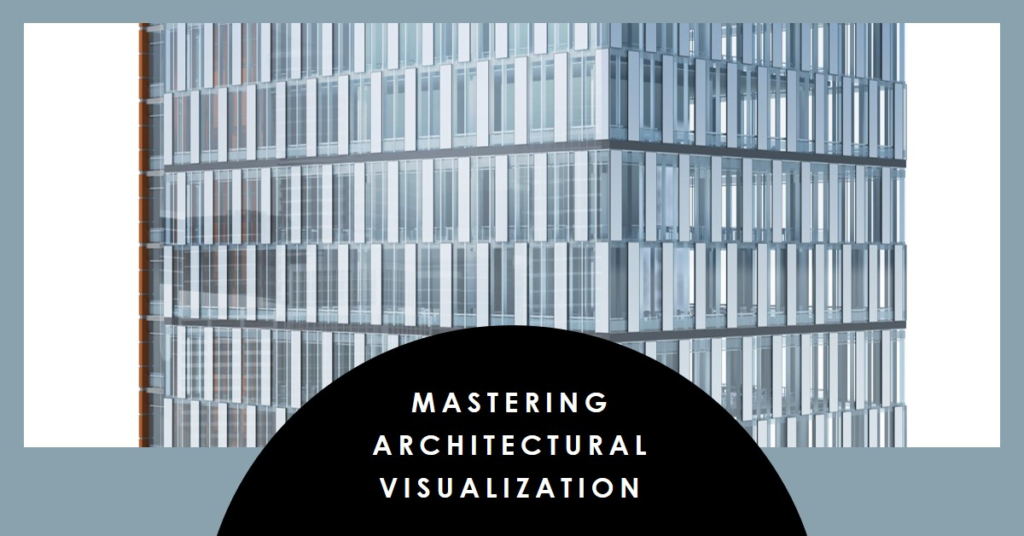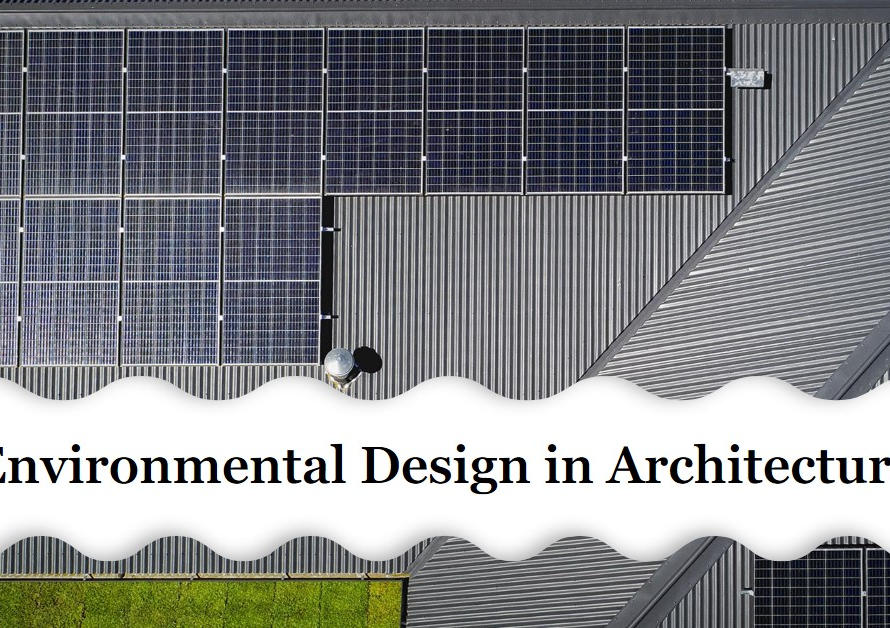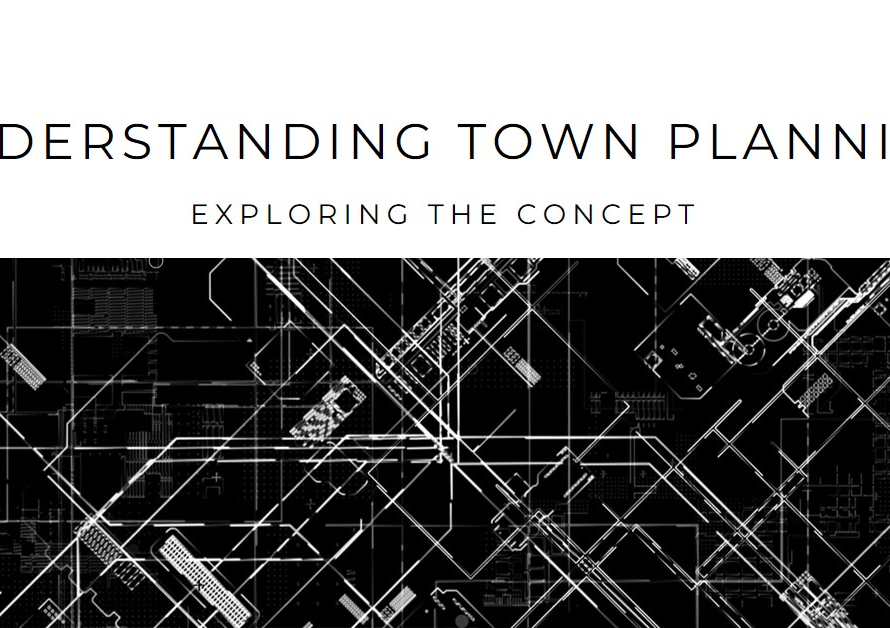
Table of Contents
Introduction:
In the realm of architecture, the ability to effectively communicate design concepts is paramount. Architectural visualization serves as a powerful tool in this endeavor, allowing designers to convey their ideas with clarity and precision. As technology continues to advance, the art of architectural visualization has evolved, offering architects and designers an array of tools and techniques to bring their visions to life. In this blog post, we delve into the world of architectural visualization, exploring the strategies and skills necessary to master this art form and elevate design presentations to new heights.
Understanding the Importance of Architectural Visualization:
Architectural visualization plays a crucial role in the design process, enabling architects to translate abstract concepts into tangible representations. By harnessing the power of visualization, designers can communicate their ideas to clients, stakeholders, and team members with clarity and impact. Whether it’s a 3D render, virtual reality simulation, or architectural animation, visualization allows viewers to immerse themselves in the proposed space, gaining a deeper understanding of the design intent.
The Fundamentals of Effective Visualization Techniques
At the core of mastering architectural visualization lies a solid understanding of fundamental techniques. From composition and lighting to material selection and scale, every aspect contributes to the overall impact of the visualization. By honing these skills, designers can create compelling renderings that captivate audiences and convey the essence of the design concept. Additionally, mastering the use of visualization software such as Autodesk 3ds Max, SketchUp, or Blender is essential in executing projects with precision and efficiency.
Exploring Advanced Rendering Methods:
As technology continues to advance, architects and designers have access to an array of advanced rendering methods to enhance their visualizations. Realistic lighting simulations, photorealistic texturing, and dynamic environmental effects are just a few examples of techniques that can elevate architectural renderings to new heights. By experimenting with these advanced methods, designers can push the boundaries of what’s possible in architectural visualization, creating immersive experiences that resonate with viewers on a deeper level.
Harnessing the Power of Virtual Reality:
Virtual reality (VR) has emerged as a game-changer in the field of architectural visualization, offering unparalleled immersion and interactivity. By creating VR experiences, designers can allow clients and stakeholders to explore their designs in a fully immersive 3D environment, gaining a true sense of scale and spatial relationships. Whether it’s touring a proposed building before construction begins or experiencing a future urban development project, VR enables architects to bridge the gap between imagination and reality.
Embracing the Art of Storytelling
: Beyond technical proficiency, mastering architectural visualization requires a keen understanding of storytelling principles. Every design has a narrative, and effective visualizations have the power to evoke emotion and captivate audiences. By infusing storytelling elements into their renderings, designers can create immersive experiences that resonate with viewers on a deeper level. Whether it’s conveying the history of a space or envisioning the possibilities of a future project, storytelling adds depth and meaning to architectural visualization.
Navigating the Challenges of Architectural Visualization:
While architectural visualization offers immense potential, it also presents its fair share of challenges. From technical limitations to artistic constraints, designers must navigate various obstacles on the path to mastering this art form. Whether it’s achieving realistic lighting effects or balancing artistic expression with client expectations, overcoming these challenges requires patience, perseverance, and a willingness to continually refine one’s skills.
The Future of Architectural Visualization
: As technology continues to evolve at a rapid pace, the future of architectural visualization holds boundless possibilities. From advancements in real-time rendering to the integration of artificial intelligence, tomorrow’s designers will have access to tools and technologies that were once unimaginable. By staying abreast of these developments and embracing innovation, architects and designers can continue to push the boundaries of architectural visualization, shaping the future of design and creativity.


Conclusion:
Mastering the art of architectural visualization is a journey that requires dedication, creativity, and a commitment to excellence. By understanding the importance of visualization, honing fundamental techniques, and embracing emerging technologies, designers can elevate their presentations to new heights and bring their design visions to life in ways that inspire, captivate, and resonate with audiences. As we look to the future, the possibilities are limitless, and the role of architectural visualization in shaping the built environment will only continue to grow.


